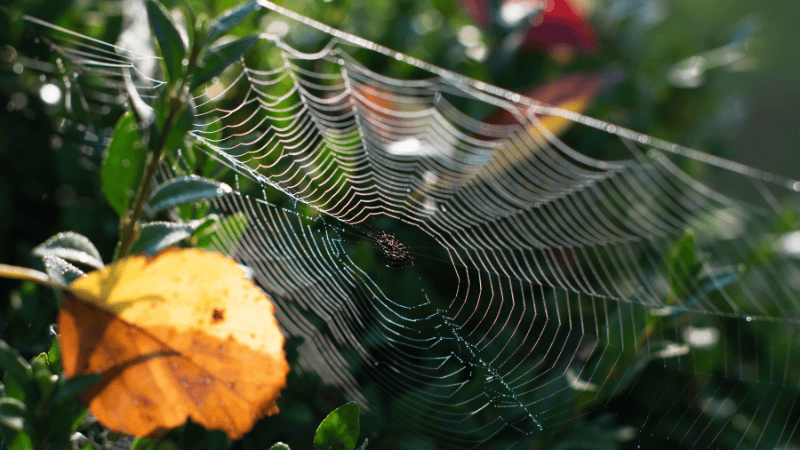What Just Stung or Bit Me?

I love the summer just as much as the next guy, but what I don't love is the risk of getting stung or bitten when I am hanging outside with friends and family during the summer months in New England. Thankfully, I am not allergic to bee or insect stings but I know plenty of people who are.For those who struggle with preventing bee stings and insect bites every summer and want to identify what stung them before they head to the hospital, here is a quick guide to help you identify the culprit and treat the sting accordingly.For the purpose of today's blog, we will be looking at the characteristics of several types of bites and stings including: tick bites, mosquito bites, bee stings, and spider bites.[caption id="attachment_5243" align="aligncenter" width="220"]

image courtesy CDC[/caption]
Tick Bites
While not classified as a sting, tick bites can be just as hazardous to a person's health as a bee sting for an allergic person. Tick bites can be infected with Lyme Disease that can cause symptoms such as: fever, headache, fatigue, and a characteristic skin rash often called the bullseye rash. Although not all infected ticks leave this rash.Identifying a tick bite will be different depending upon whether the tick is still attached or not. If the tick is embedded in the skin, you may notice a small black dot (the tick itself) that could range in size depending upon how engorged the tick is on your blood. Remove the tick with tweezers and have a health professional check you for Lyme Disease.If the tick has bitten and left you may notice a telltale rash known as a bullseye or have symptoms that we listed above. It is advised to see a doctor if you experience any of those symptoms or you notice changes in your skin around the bite.
Mosquito Bites
Most of us can easily identify mosquito bites merely because we probably swatted at the pest whilst it was biting us. They usually leave a red, itchy bump that heals in a matter of days. There is no rash associated with this type of bite and anti-itch cream will usually help with the desire to scratch.

Bee Stings
Depending upon the species of bee that stung you, there will either be a stinger left behind in your skin or no stinger. Wasps and hornets (and other stinging insects) have stingers without barbs that they retract when they sting, so these stinging insects can sting people multiple times without leaving the stinger in the skin of their victim. Unfortunately, Honey bees and some species of yellow jackets do leave their stinger behind when they sting.In either case the bee's sting will release venom into its victim and cause some pretty severe pain. If the stinger is still in your skin, it is suggested that you use something flat, like a credit card, to scrape the stinger out of the skin.Bee stings are often identified as a red, swollen bump with a white dot in the middle where the stinger was inserted. Usually the skin around the area is hot to the touch as well. You will know that you have been stung by something immediately.
Spider Bites
It really depends on the type of species of spider that bites you what the skin will look like. A poisonous spider may leave a welt and a red swollen area that spreads out and continues to get worse over time. Poisonous spider bites can lead to increasing pain, fever, chills and even body aches and may require medical attention.A regular house spider may create a series of bites in a row where the skin turns red but heals itself over the course of a week or so.Talk to our team about mosquito and tick treatment plans that can help prevent these unwanted bites this summer.



